What is visual communication? | Art Nouveau case study by Leysa Flores
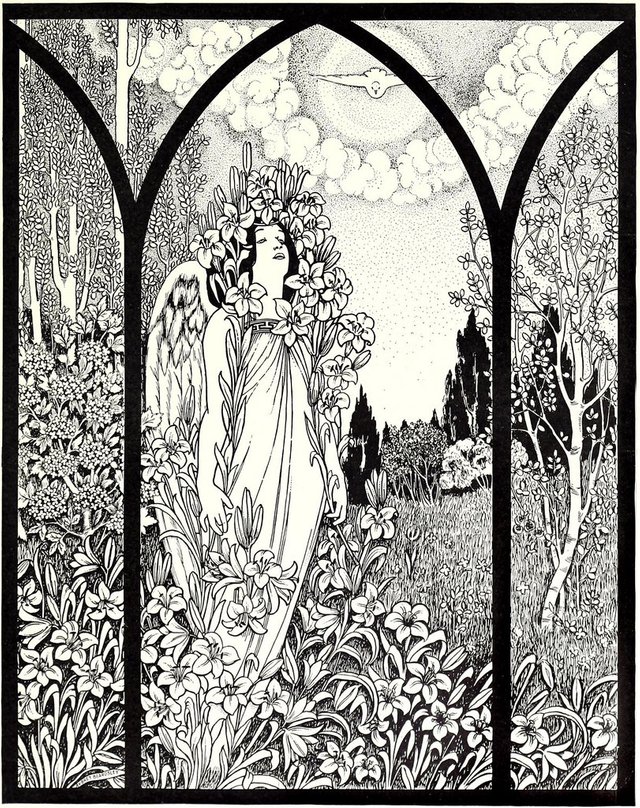
Visual communication is a language that acts as the “intermediary between information and understanding”, says Richard Grefé, former Executive Director of AIGA (http://www.aiga.org, cited in Essential Graphic Design Solutions 2014, p. 1). It wields the power to create “belief in an object, idea, [or] message,” states Brockett Horne, professor and co-chair, Maryland Institute College of Arts, Baltimore (https://www.mica.edu, cited in Essential Graphic Design Solutions 2014, p.1). History reveals a vast range of visual communication methods, techniques, beliefs and ideas which are compartmentalised and recognised as movements. The modern era began with the emergence of the arts and crafts movement in late nineteenth-century Europe, when industrialisation was transforming life in Europe and America. It was closely followed by the art nouveau movement which began in 1890 (Landa 2014, p. TL-4).
Where the movement originated
The art nouveau movement had strong roots in the arts and crafts movement. Members of the arts and crafts movement were strongly opposed to industrialism and the inferior products engineered en masse from manufacturing processes. They believed “machine production had taken the pride, skill and design out of the quality of goods being manufactured” (The Arts and Crafts Movement 2017).
The art nouveau movement sought to revive quality workmanship as well but took it one step further – to apply decadent and individual artistic design to everyday objects. “No object was too utilitarian to be beautified” (Art Nouveau (c.1890-1914) n.d.) Although the movement rejected cheap industrially-produced works, it did not diminish the value of mass-production itself, or machinery (Art Nouveau (c.1890-1914) n.d.), and embraced technologies such as advances in lithographic printing methods.
In an era where social norms were under assault and traditional religious beliefs were being challenged, art also became a quest for spiritual rejuvenation and a vehicle for new philosophic attitudes. “Birth, life and growth; death and decay became symbolic subject matters” (Art Nouveau 2012) (Fig 1). The design process itself came into prominence.
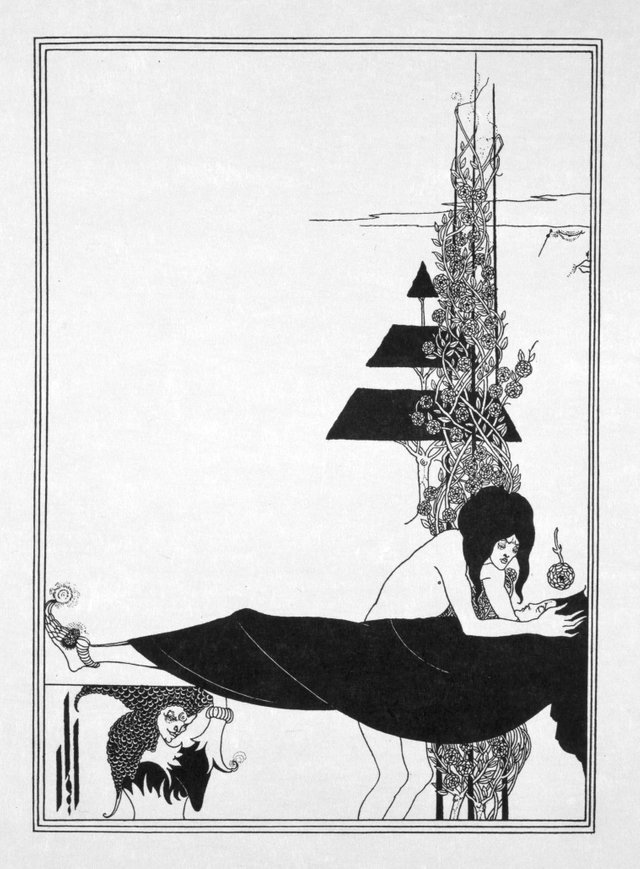
Fig 1. Aubrey Beardsley (1872-1898) A Platonic Lament, 1894. Line block print on Japanese vellum.
Serving as a bridge between neoclassicism and modernism, the movement aimed to correct the belief at the time that liberal arts, such as paintings and sculpture, were superior to applied arts – craft-based decorative arts such as furniture design, ceramics and ironwork. According to Wolf (2017), Art education from the seventeenth to the nineteenth century underpinned this belief and many people believed it was probably the consequence of poor craftsmanship. Thus, Wolf explains, the art nouveau movement aimed to raise the status of craft and abolish the traditional hierarchy of the arts.
Graphic artists of the Art Nouveau era
Alphonse Mucha (1860-1939) was a prominent Czech designer of the art nouveau movement. The flowing, organic-like linear contours within his designs are reflective of the movement’s decadent style. Artists from this period drew inspiration from the natural, elegant forms of the stems and blooms of flowers, and “other delicate and sinuous natural objects” (The Editors of Encyclopædia Britannica 2014). Japanese woodcuts were also a heavy influence due to the influx of prints into Europe at the time (Landa 2014) (Fig 2). Emphasis on linear contour and form took precedence over other elements such as colour (Wolf 2017). An artist who took this emphasis to the extreme is Aubrey Beardsley (1872-1898), who created his illustrations in black ink (Fig 3).
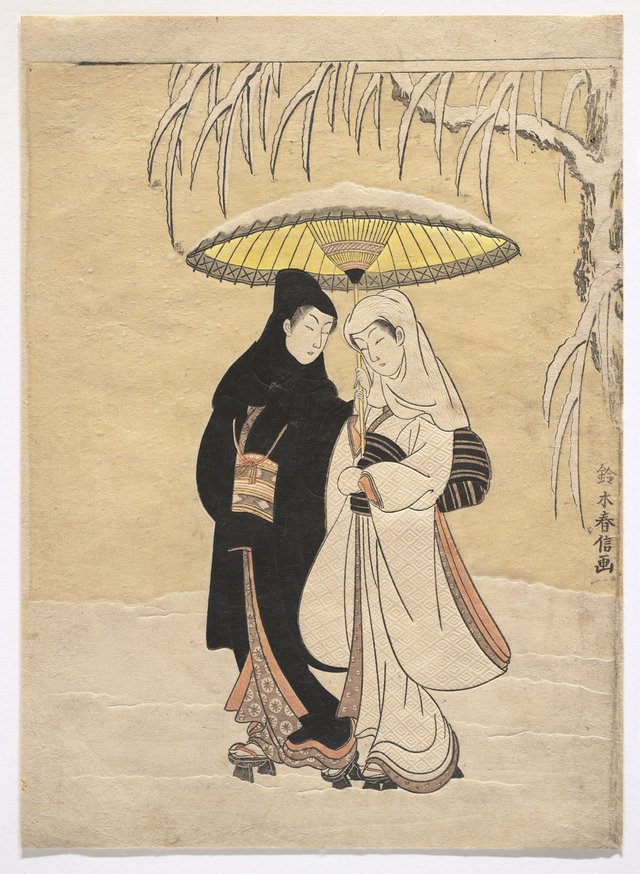 | 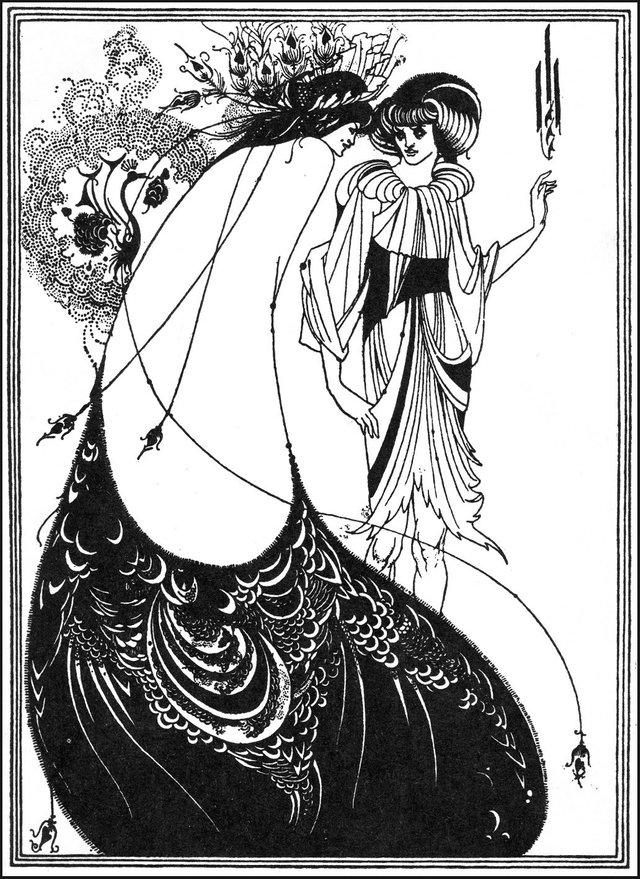 |
|---|---|
| Fig 2. Okumura Masanobu (Japanese, 1686–1764) Xu You and Chao Fu, 18th Century. "White–line" woodblock print; ink and colour on paper. | Fig 3. Aubrey Beardsley (1872-1898) The Peacock Skirt, 1893. Line block print on Japanese vellum. |
Technological advancements to the lithographic printing process in the 1890s made it possible to allow colour, which escalated the commercial possibilities of the poster as a renewed visual communication vehicle (Colta Ives, 2004). Seizing this opportunity, many companies hired art nouveau artists to create posters to advertise their products. For example, Moët Chandon hired Alphonse Mucha to work on a number of lithographic posters and other promotional material to promote their champagnes (Fig 4).
(You can see my artistic interpretation of this piece here!)
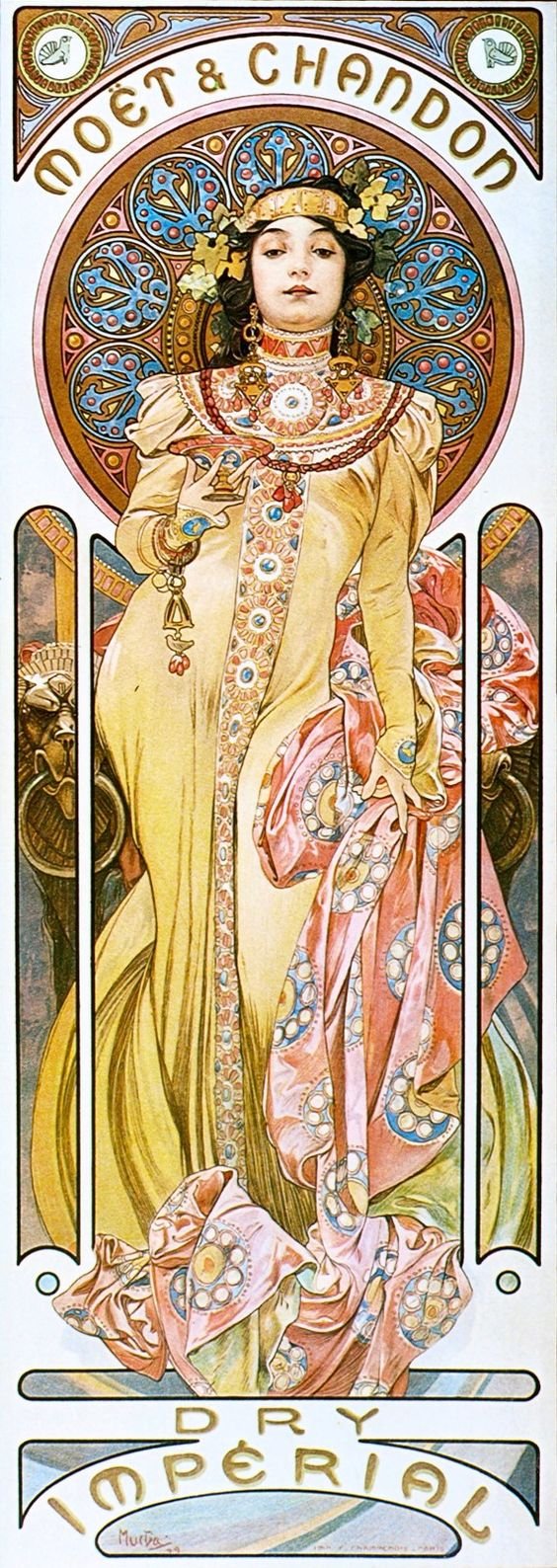
Fig 4. Alphonse Mucha (1860-1939) Poster for 'Moët & Chandon: Dry Imperial', 1899. Colour lithograph.
Aubrey Beardsley, an Englishman, travelled to Paris in 1892 where he was influenced by lithographic poster art, such as those by Alphonse Mucha, as well as Henry de Toulouse-Lautrec (1864-1901) – another prominent art nouveau artist (Fig 5). He would have also noted the Parisian fashion for Japanese prints. As a result, his artistic contributions to the art nouveau style are significant. His first commission (Fig 6), a series of illustrations for Le Morte d'Arthur by Thomas Malory (1893), were diabolically beautiful and dark, which paved the way for similar themes in his later works. Due to his fascination with the taboo, his subsequent artworks emphasized the grotesque with decadent themes of death, decay and erotica. Themes aside, his use of elegant, curvilinear lines and bold woodcut-inspired forms was a hallmark of the art nouveau style.
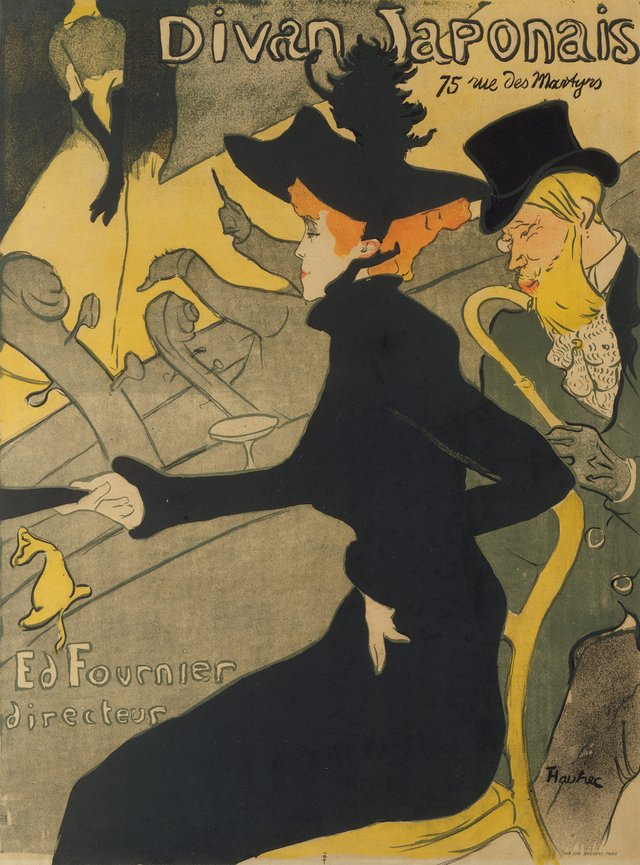 | 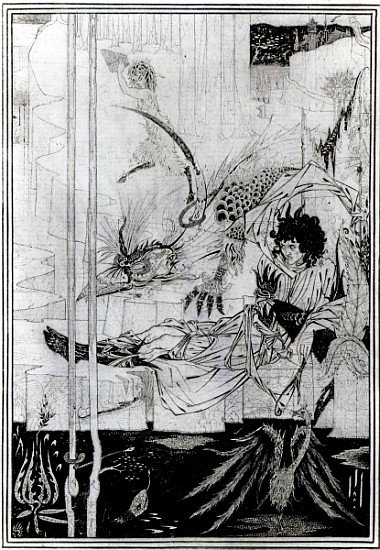 |
|---|---|
| Fig 5. Henri de Toulouse-Lautrec (1864-1901) Divan Japonais, 1892–93. Colour lithograph. | Fig 6. Aubrey Beardsley (1872-1898) How King Arthur Saw the Questing Beast and Thereof Had Great Marvel, 1893-1894. Frontispiece of Le Morte d'Arthur by Thomas Malory (1893). |
A 1960s revival
Although the art nouveau movement was already out of fashion by the first World War, it enjoyed a popular revival in the 1960s (Wolf 2017). For example, David Palladini’s Aquarian Tarot Deck illustrations (Fig 7) were clearly reminiscent of the movement with his fine illustration, flowing lines and floral flourishes. The poster itself was also still in force as an effective promotional vehicle with many psychedelic poster designs by a range of artists defining the period.
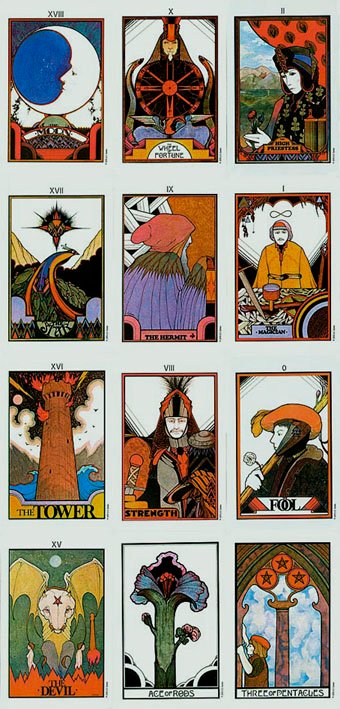
Fig 7. David Palladini (1946-) excerpt from Aquarian Tarot Deck, 1970. Ink, pencil and magic marker on 80# Bainbridge board.
Art Nouveau is still relevant today
The poster designs of the art nouveau era influenced graphic design in a way that is still evident today, with the continued popularity and promotional effectiveness of the poster. For example, Shepard Fairey’s poster of President Obama (Fig 8) was designed to spread the message of hope during the Obama campaign in 2008 (Davis n.d.) and became an effective iconic image of the president’s inauguration.
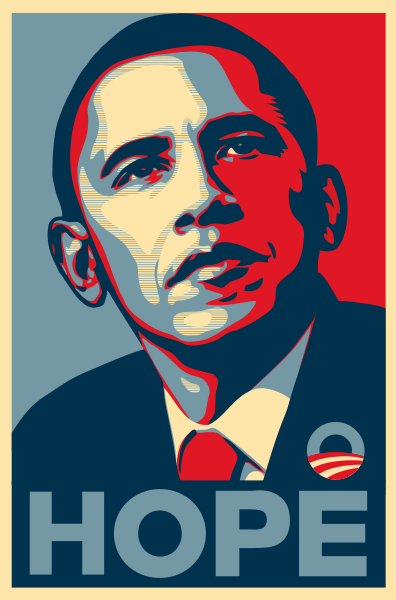
Fig 8. Shepard Fairey (1970-) Barack Obama “Hope” Poster, 2008.
The movement also challenged our perceptions of the traditional hierarchy of art with a diverse selection of art styles being showcased in galleries today. For example, current and upcoming exhibitions at the National Gallery of Canberra include paintings, tapestries, furniture, statues, prints, video art, photography, jewellery, portraits, costumes and film – appreciating an equitable range of artworks as well as graphic design.
Graphic design has now become more than just visual communication
The philosophical attitudes of the art nouveau movement paved the way for graphic design to become more than just a means of visual communication, but also a vehicle for individual expression as a spiritual outlet for the artist.
Today, the design world values individual stories and truthfulness in an attempt to rebel against the filtered representations of life we see across social media (Fig 9). When Greenery (Fig 10) was announced as the Pantone Colour of the Year for 2017, the brand explained, “The more submerged people are in modern life, the greater their innate craving to immerse themselves in the physical beauty and inherent unity of the natural world … Greenery is also emblematic of the pursuit of personal passions and vitality.” And so, we return to natural and simple forms of respite in an attempt to find simplicity amongst the complexity of our busy lives (Harris 2017). Although the current trend for the natural world is different to the decadent designs based on natural forms of the art nouveau movement, the philosophical attitudes are similar: that art is individual, spiritual, and organic; and that ordinary, everyday things should bring joy.
 | 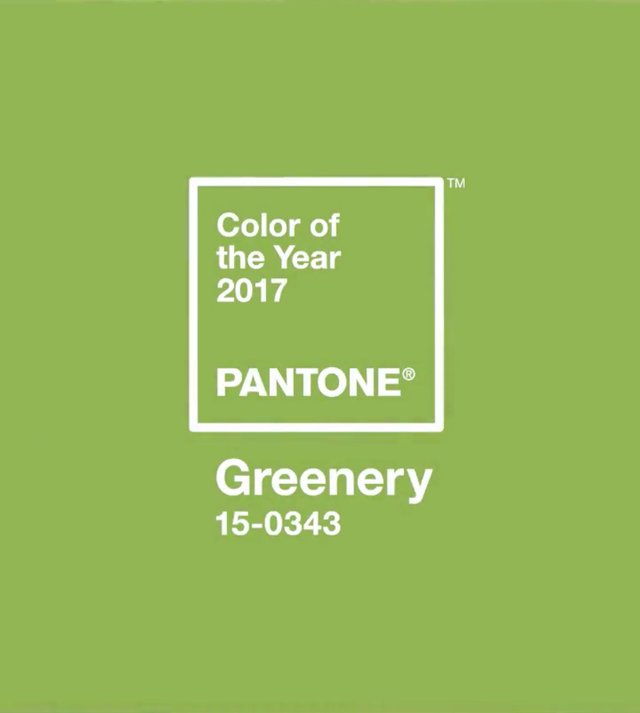 |
|---|---|
| Fig 9. Location vs. Picture, 2017. An example of a filtered representation of life. | Fig 10. Greenery, Pantone Colour of the Year 2017. |
Art Nouveau has been a great influence on my own work
My exploration of the art nouveau movement has influenced my own graphic design practice as I embrace its philosophies as well as apply the style of ornate and organic lines to my illustrative work. In an era of instant gratification with design deadlines and the stresses that come with freelancing it is all too easy to speed through projects and produce cheap, cookie-cutter designs for a dollar. However, I hope to practice a revitalisation of my own design process whereby producing quality art takes time and it should be an individual, truthful, spiritual and organic process.
What's an art movement that you admire, or that has influenced your own work?
—By Leysa Flores
Follow me on Instagram
References
Main image credit: "Angel with Lilies and Dove Descending" – 1920 Aubrey Beardsley (inspired by Alphonse Mucha's 1898 "Lily"). Image source
The Arts and Crafts Movement 2017. Retrieved from http://www.artyfactory.com/art_appreciation/graphic_designers/william_morris.html
Art Nouveau (c.1890-1914) n.d. Retrieved from http://www.visual-arts-cork.com/history-of-art/art-nouveau.htm
Wolf, Justin 2017. "Art Nouveau Movement Overview and Analysis". Retrieved from http://www.theartstory.org/movement-art-nouveau.htm
The Editors of Encyclopædia Britannica 2014. Art Nouveau Artistic Style. Retrieved from https://www.britannica.com/art/Art-Nouveau.
Ives, Colta 2004. Lithography in the Nineteenth Century. In Heilbrunn Timeline of Art History. Retrieved from http://www.metmuseum.org/toah/hd/lith/hd_lith.htm
Poster for 'Moët & Chandon: Dry Imperial (1899) [image] 2017. Retrieved from http://www.muchafoundation.org/gallery/browse-works/object/52
Davis, Allison n.d. 21st Century Poster Art Movement. Retrieved from http://www.escapeintolife.com/essays/21st-century-poster-art-movement/comment-page-1/
Exhibitions [website]. Retrieved from http://nga.gov.au/exhibitions/DEFAULT.cfm
Harris, Miriam 2017. Visual Trends 2017: These are this year's must-know colour, design, branding and photography trends. Retrieved from http://www.digitalartsonline.co.uk/features/graphic-design/visual-trends-2017-these-are-this-years-must-know-colour-design-branding-photography-trends/
Introducing Greenery, 2017. Retrieved from https://www.pantone.com/color-of-the-year-2017
A Platonic Lament [image] 2017. Retrieved from http://collections.vam.ac.uk/item/O1042282/a-platonic-lament-print-beardsley-aubrey-vincent/
Xu You and Chao Fu [image] 2017. Retrieved from http://www.metmuseum.org/toah/works-of-art/JP1589/
The Peacock Skirt [image] 2017. Retrieved from http://www.theartstory.org/artist-beardsley-aubrey-artworks.htm
Poster for 'Moët & Chandon: Dry Imperial' [image] 2017. Retrieved from http://www.muchafoundation.org/gallery/browse-works/object/52
Divan Japonais [image], 2017. Colour lithograph. Retrieved from http://www.metmuseum.org/toah/works-of-art/58.621.17/
How King Arthur Saw the Questing Beast and Thereof Had Great Marvel [image] n.d. Retrieved from http://d.lib.rochester.edu/camelot/image/beardsley-how-king-arthur-saw-the-questing-beast
Palladini02.jpg [image], 2013. Retrieved from http://www.johncoulthart.com/feuilleton/2013/06/01/palladinis-aquarian-tarot/
396px-Barack_Obama_Hope_poster.svg [image], n.d. Retrieved from http://www.escapeintolife.com/essays/21st-century-poster-art-movement/comment-page-1/
Location vs. Picture, 2017. Retrieved from http://pettymemes.com/location-vs-picture/
Introducing Greenery, 2017. Retrieved from https://www.pantone.com/color-of-the-year-2017
Hello leysa!
Congratulations! This post has been randomly Resteemed! For a chance to get more of your content resteemed join the Steem Engine Team
Congratulations @leysa! You have completed the following achievement on the Steem blockchain and have been rewarded with new badge(s) :
You can view your badges on your Steem Board and compare to others on the Steem Ranking
If you no longer want to receive notifications, reply to this comment with the word
STOPVote for @Steemitboard as a witness to get one more award and increased upvotes!